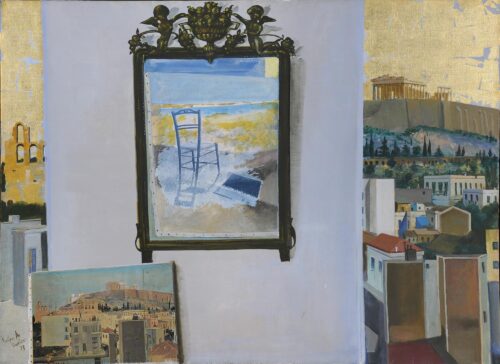
Vassiliou Spyros (1903 - 1985)
The Microcosm on Webster St., 1975
Displaying an inclination for painting from a very early age, he came to Athens in 1921 where until 1926 he studied at the School of Fine Arts, first under Alexandros Kaloudis and then Nikolaos Lytras. In 1930 he won the Benakeio Prize for his drawings for the wall paintings of the Ayios Dionysios Areopagitis and with that money made his first extensive educational tour of Europe, completing the illustration of the church walls from 1936 to 1939.
He began to exhibit in 1926, holding his first solo exhibition in 1929 at the Stratigopoulos gallery. A founding member of the “Techni” (Art) Group and “Stathmi” (Level), he contributed to their exhibitions as well as to the Biennales of Venice, in 1934 and 1964, Alexandria in 1957 and Sao Paolo in 1959. In 1955 the icons he made for the church of St. Constantine in Detroit were presented a that city’s Art Institute and in 1960 his work Lights and Shadows was exhibited at the Guggenheim Museum and awarded the local prize of the Greek Division of AICA. In 1975 and in 1983 his work was presented in exhibitions at the National Gallery.
For many years he taught at private and theater schools. In 1927 he began his involvement with set design, making the sets for many plays in both private and state theaters, as well as for quite a number of films. During the German occupation, he turned to engraving and circulated woodcuts, illustrated manuscripts and editions in manuscript, all clandestinely. His artistic creation also included book illustration, along with the publication of texts and caricatures in newspapers and magazines while in 1933, in collaboration with Agenor Asteriadis, he published “Pedika shedia” (Children’s Drawings).
A leading force of the “Thirties Generation”, Spyros Vasileiou was imbued with the ideal of “Greekness”. Using oils, tempera and water colors he depicted natural and urban space, portraits, still lifes and scenes from everyday life, combining select elements of tradition with models taken from constructivism, surrealism, pop art and photo-realism and creating compositions which were lyrical and, frequently, dream-like.

The Microcosm on Webster St., 1975
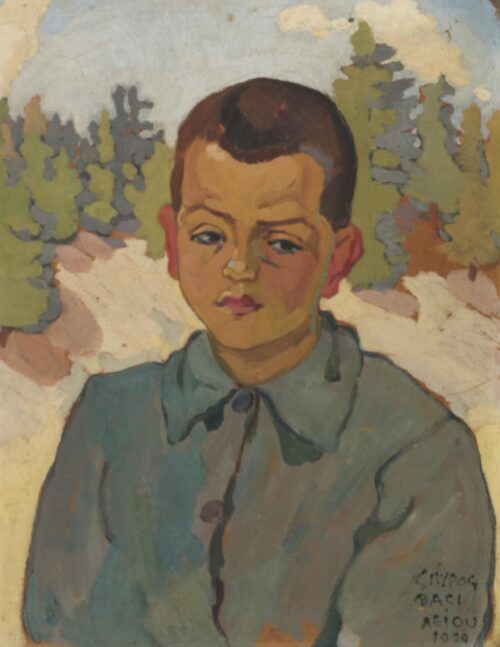
Boy from Parnassos, 1920
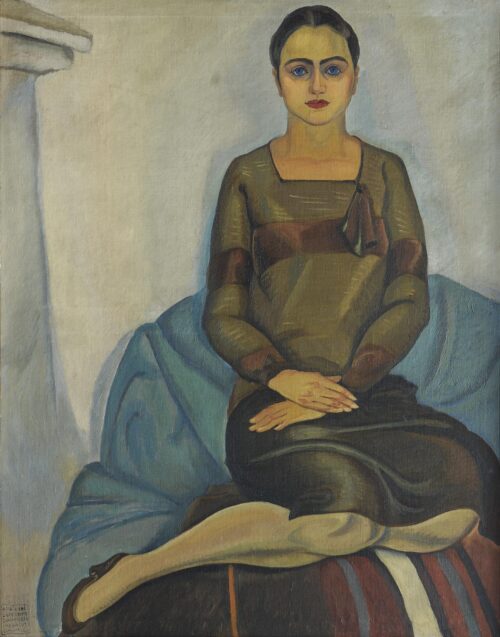
Portrait of Aglaia G., ca.1925
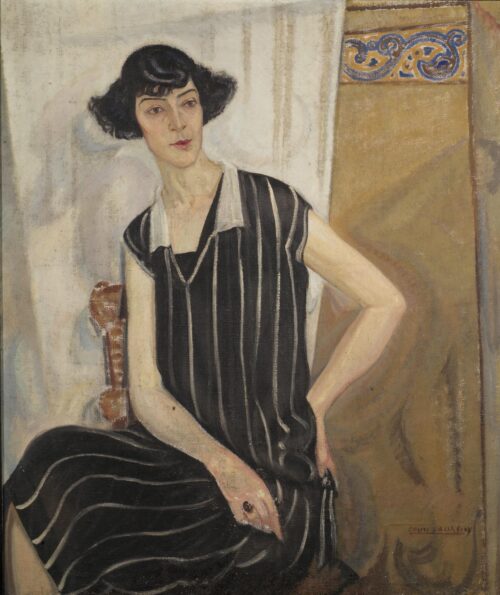
Portait of Aglaia Papa, ca.1925
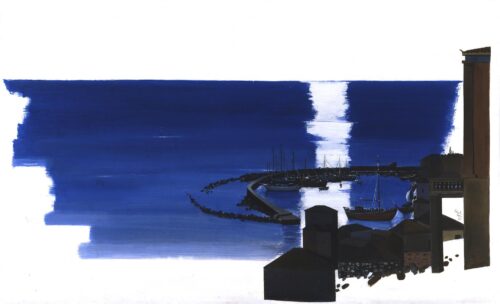
The Colour of the Sea Last Summer, 1963
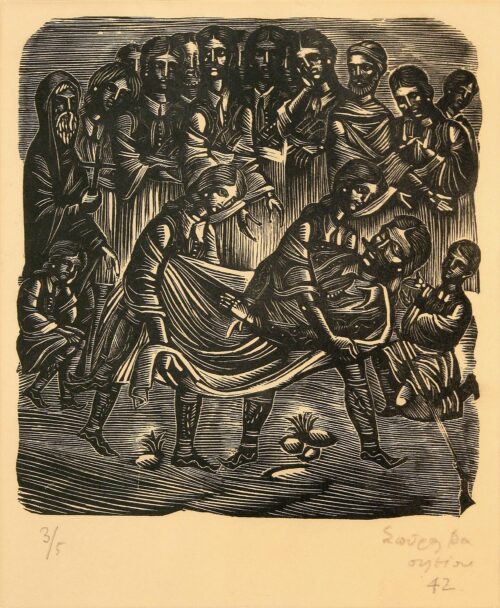
Katsandonis’ Death
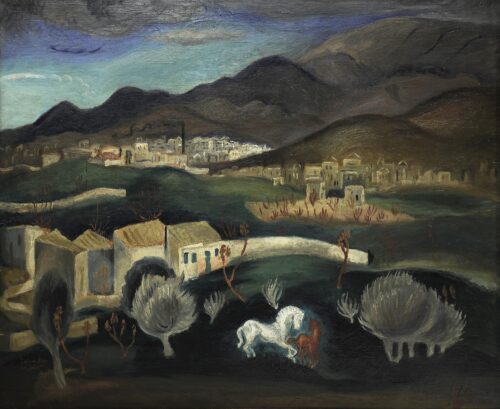
Galatsi, ca.1930
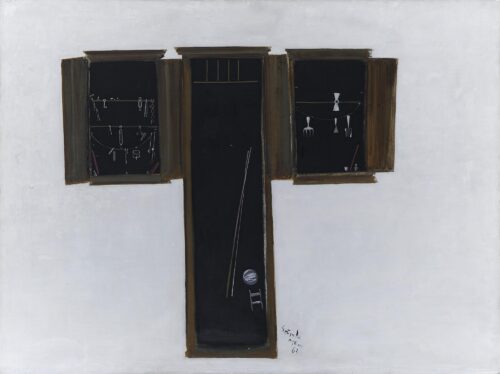
Blacksmith’s, 1963
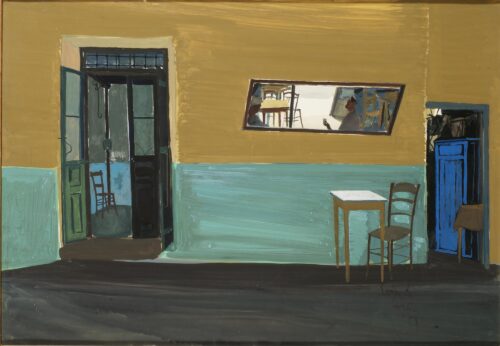
Cafe Interior, 1959

We use cookies to make our site work properly, to personalize content and ads, to provide social media features and to analyze our traffic. We also share information about how you use our site with our social media, advertising and analytics partners. Read the Cookies Policy.
These cookies are necessary for the website to function and cannot be switched off in our systems. They are usually only set in response to actions made by you which amount to a request for services, such as setting your privacy preferences, logging in or filling in forms. You can set your browser to block or alert you about these cookies, but some parts of the site will not then work. These cookies do not store any personally identifiable information.
If you disable this cookie, we will not be able to save your preferences. This means that every time you visit this website you will need to enable or disable cookies again.
These cookies tell us about how you use the site and they help us to make it better. For example these cookies count the number of visitors to our website and see how visitors move around when they are using it. This helps us to improve the way our site works, for example, by ensuring that users find what they are looking for easily. Our website uses Google Analytics for statistics reporting.
Please enable Strictly Necessary Cookies first so that we can save your preferences!